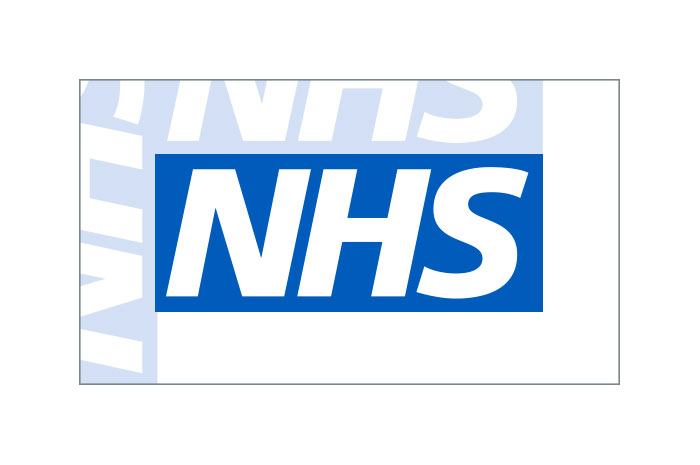More than 8,000 people had been waiting longer than 52 weeks for assessment and treatment at Lincolnshire’s hospitals at the end of 2022.
Figures shown to Lincolnshire County Council’s Health Scrutiny Committee on Wednesday, showed that by the end of December, 8,204 patients were waiting 52 weeks or longer. Of those, 965 had waited longer than 78 weeks, write local democracy reporters Daniel Jaines and Jamie Waller.
Councillors were told that United Lincolnshire Hospital Trust’s ambition was to reduce the 78-week waiters to zero by the end of March this year in line with Government policy but also to have none waiting more than 65 weeks by March 2024 and 52 weeks by March 2025. Ahead of that they want no more than 700 patients waiting 52 weeks from next year.
ULHT chief executive Andrew Morgan told the committee: “Pre-pandemic we would not have had anyone waiting more than 52 weeks for treatment, that was the absolute maximum and our reported figure for that time – March 2020 – was at zero.
“So you can see during the pandemic, all the changes that happened, all the delays that have happened, and the resurgence after the pandemic… our waiting lists and waiting times have built up.”
He said the trust was working to reduce the numbers, adding: “We never forget that each of those numbers is a real live person, somebody else’s loved one waiting for treatment, somebody who may be in pain, may be in distress, may be in discomfort, not knowing what the future holds for them.”
* January saw a slight reduction in waiting times at Lincolnshire A&E departments after record waits in December.
Three in five patients were now seen within four hours, although this is still a long way below government targets.
The number of 12 hour waits were also significantly down.
The good news comes after a difficult winter at Lincoln and Boston’s emergency departments, with frequent complaints that hospitals were gridlocked.
According to published NHS data, 60.7 per cent of all the county’s A&E patients during January were seen in less than four hours.
The statistic looks at how long it takes patients to be admitted, transferred or discharged.
Just over 16,700 people attended that month.
The rate is an improvement from December when 58 per cent were seen within four hours, when the county’s emergency departments saw nearly 19,000 patients.
For the most serious type of emergencies, 45.2 per cent of patients were seen within four hours in January, up from 42.3 per cent in December.
Type 3 were 94.8 per cent, up from 92.3 per cent. (There was no data reported for Type 2).
The number of patients waiting more than 12 hours has also fallen significantly from over 1,000 in December to around 650 in January.
A total of 16,721 people went to A&E in January, which was lower than both of the previous two months.
The national target is for 95 per cent of patients to be seen within four hours.







